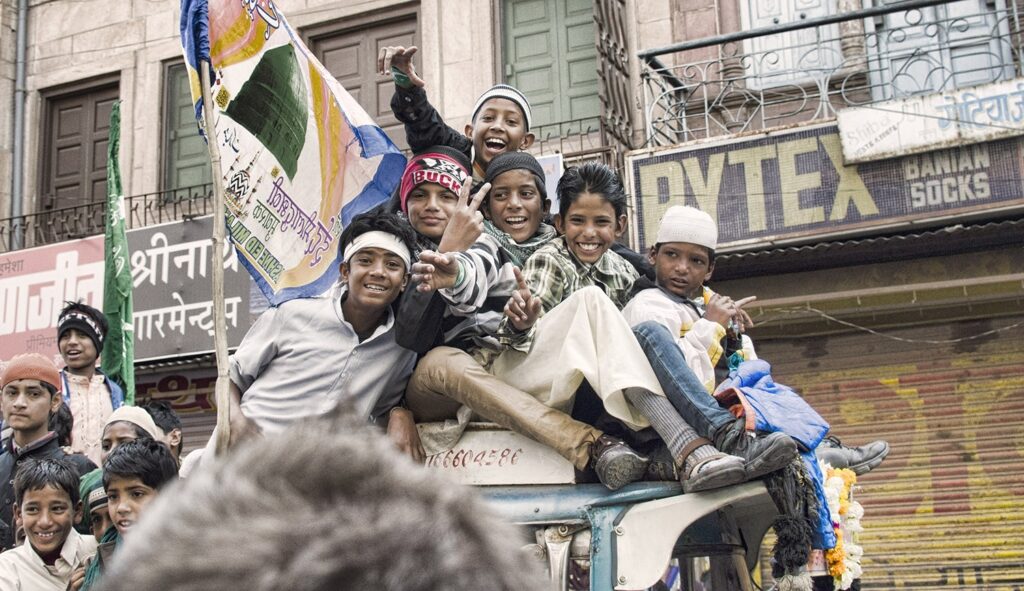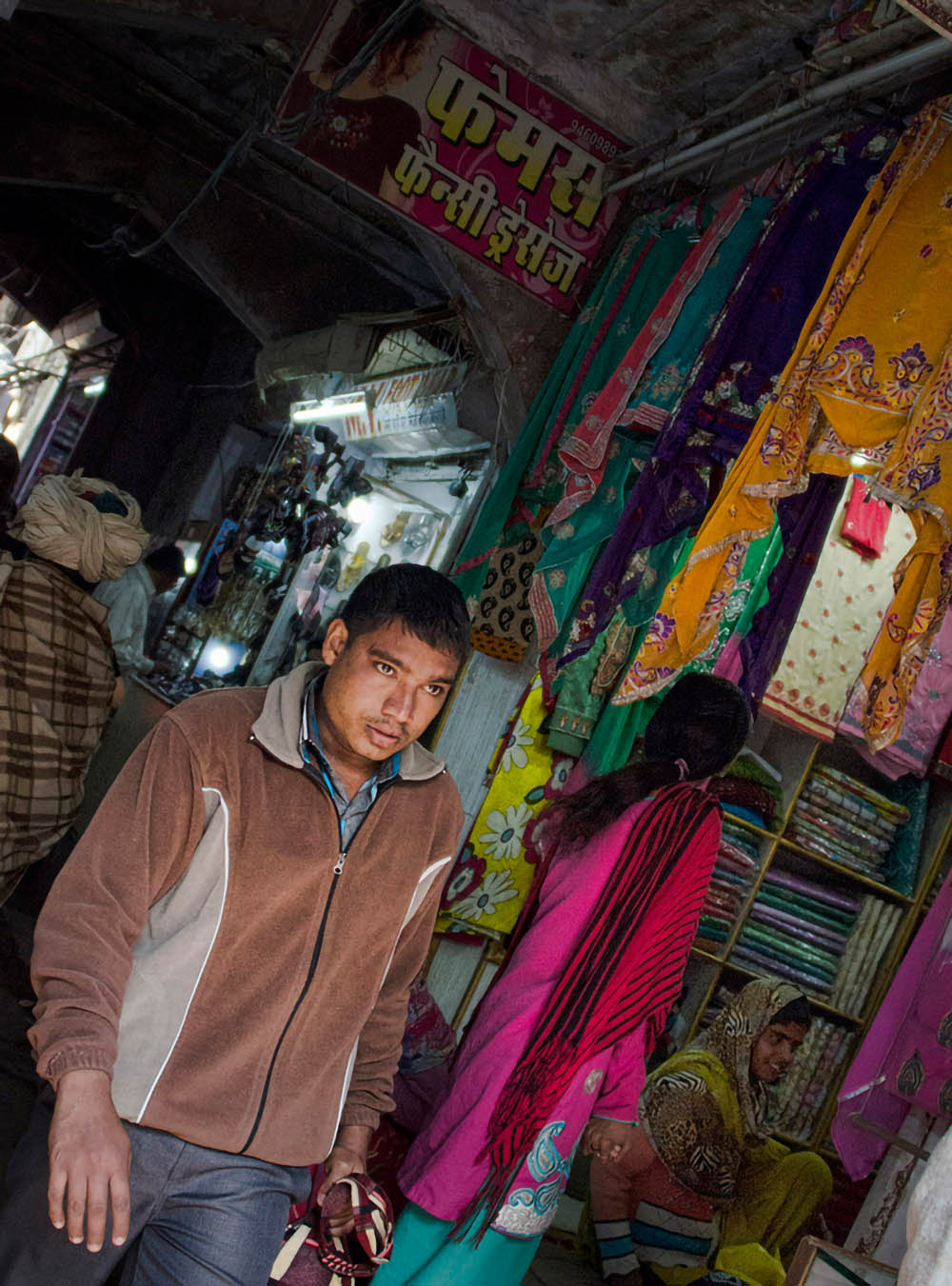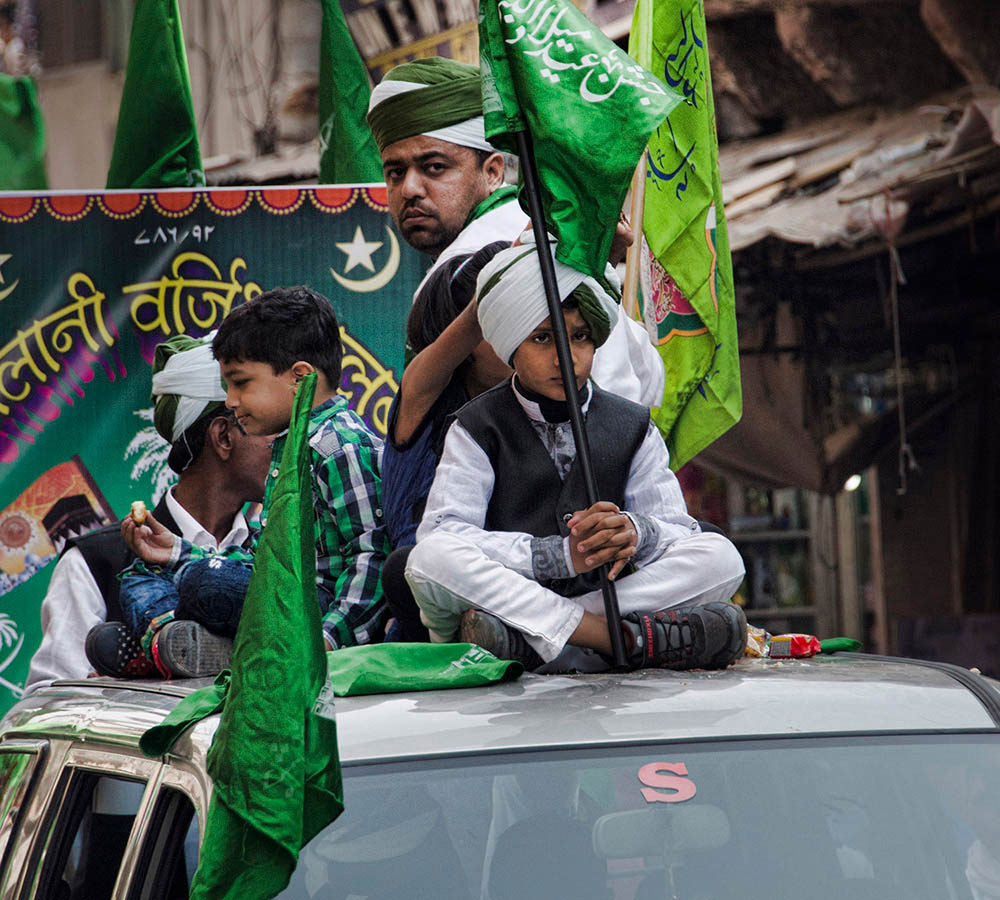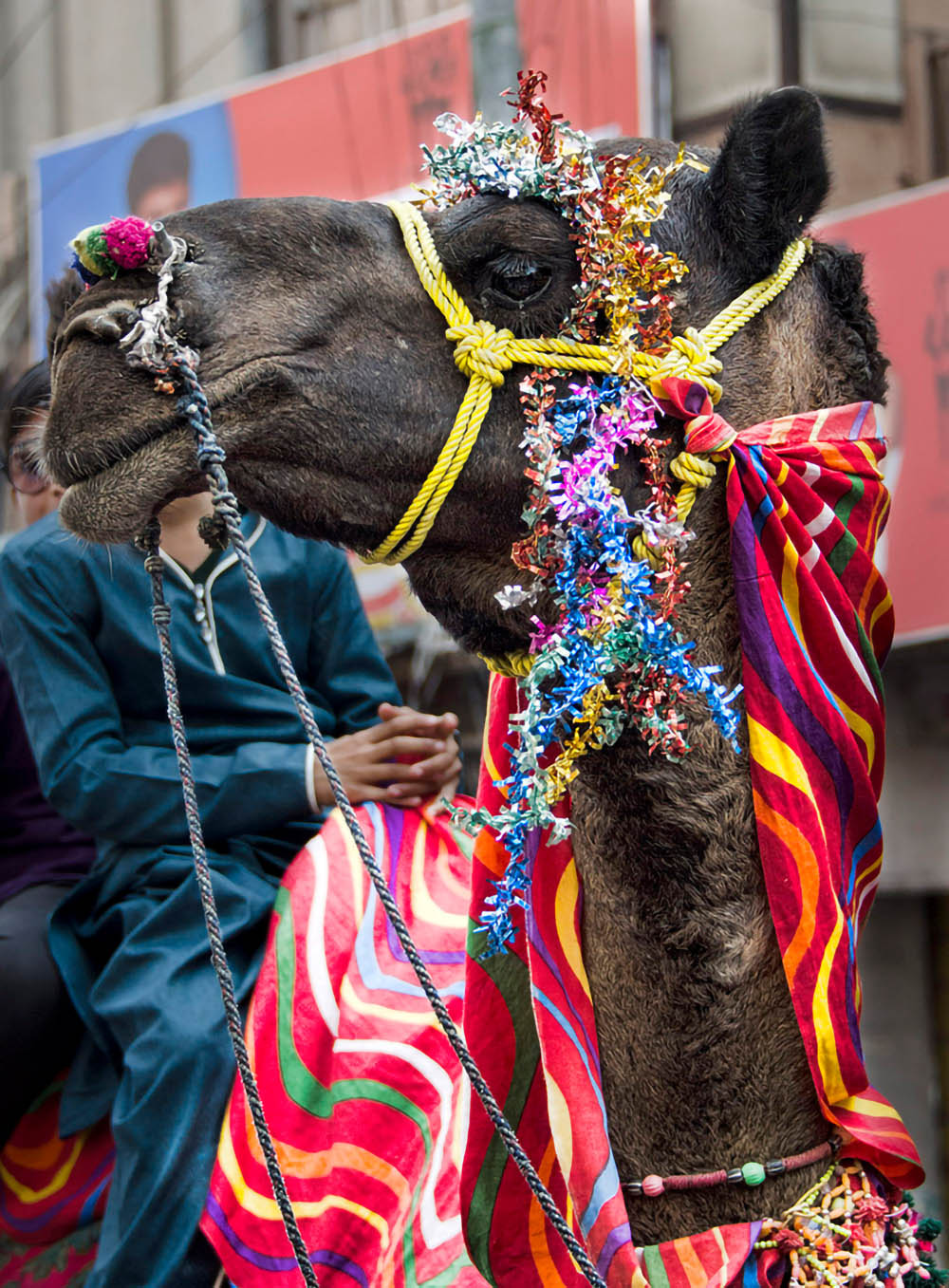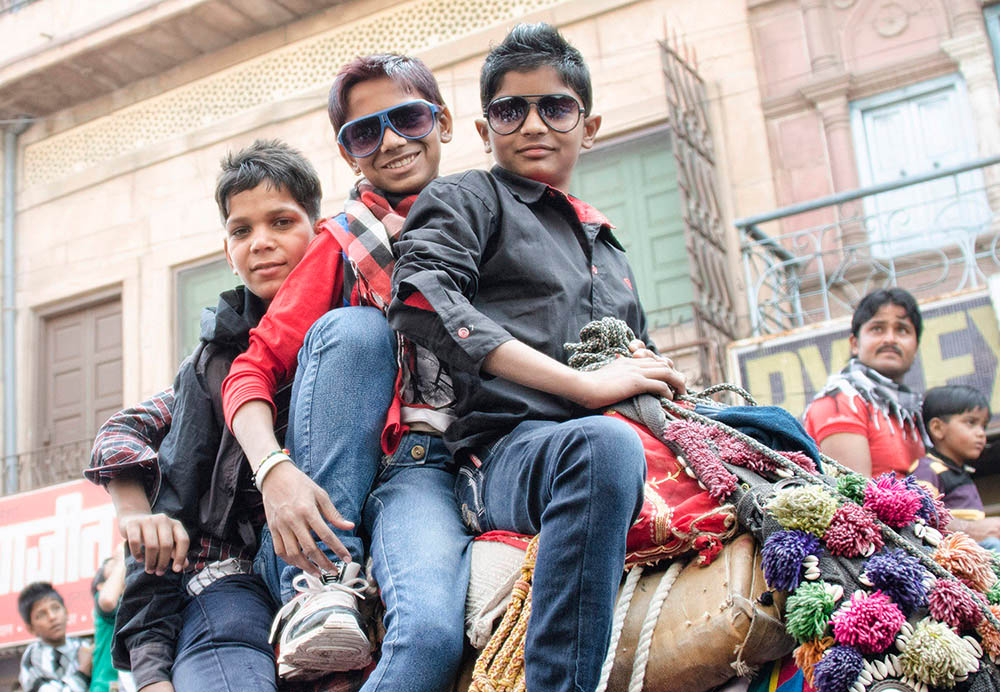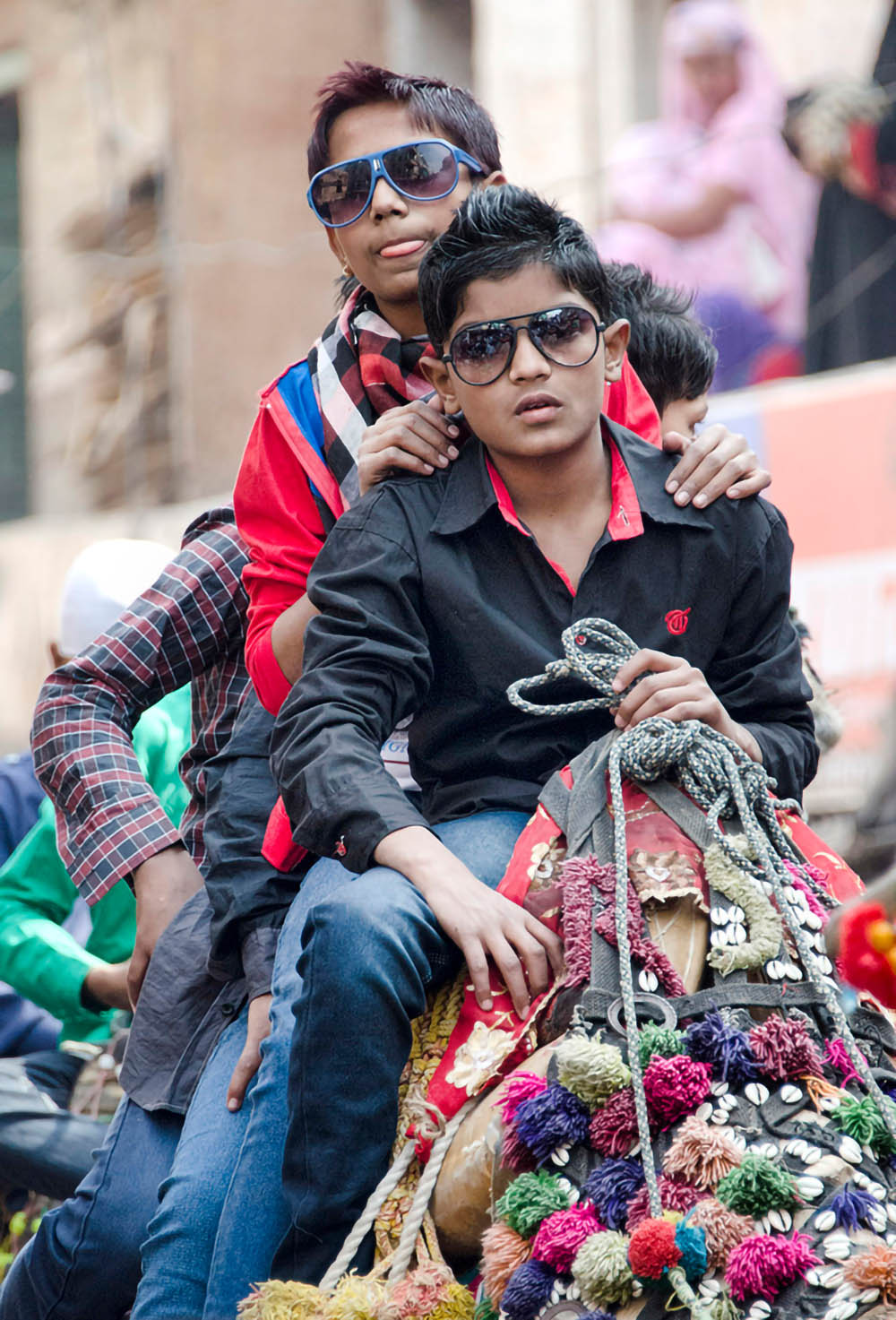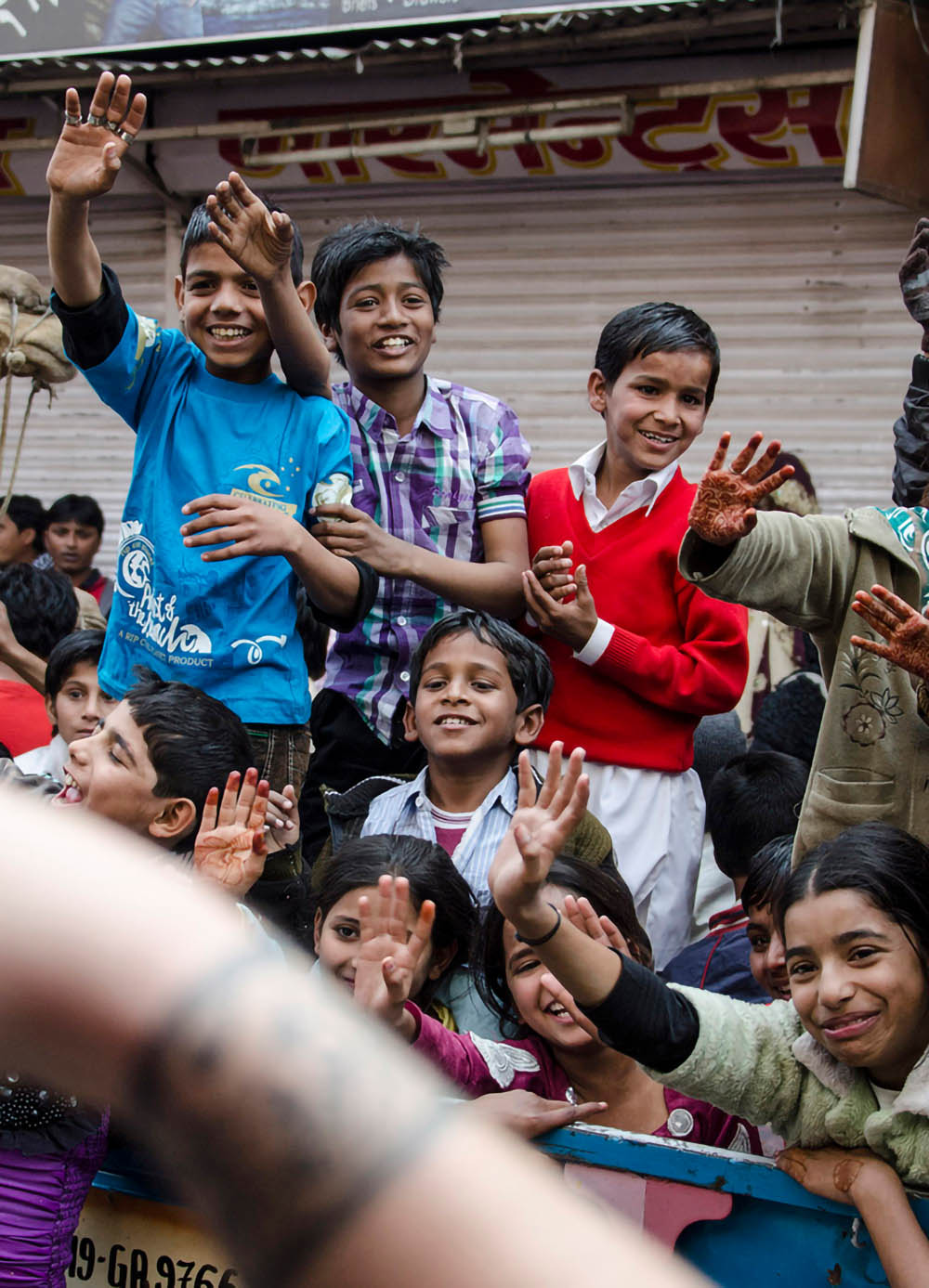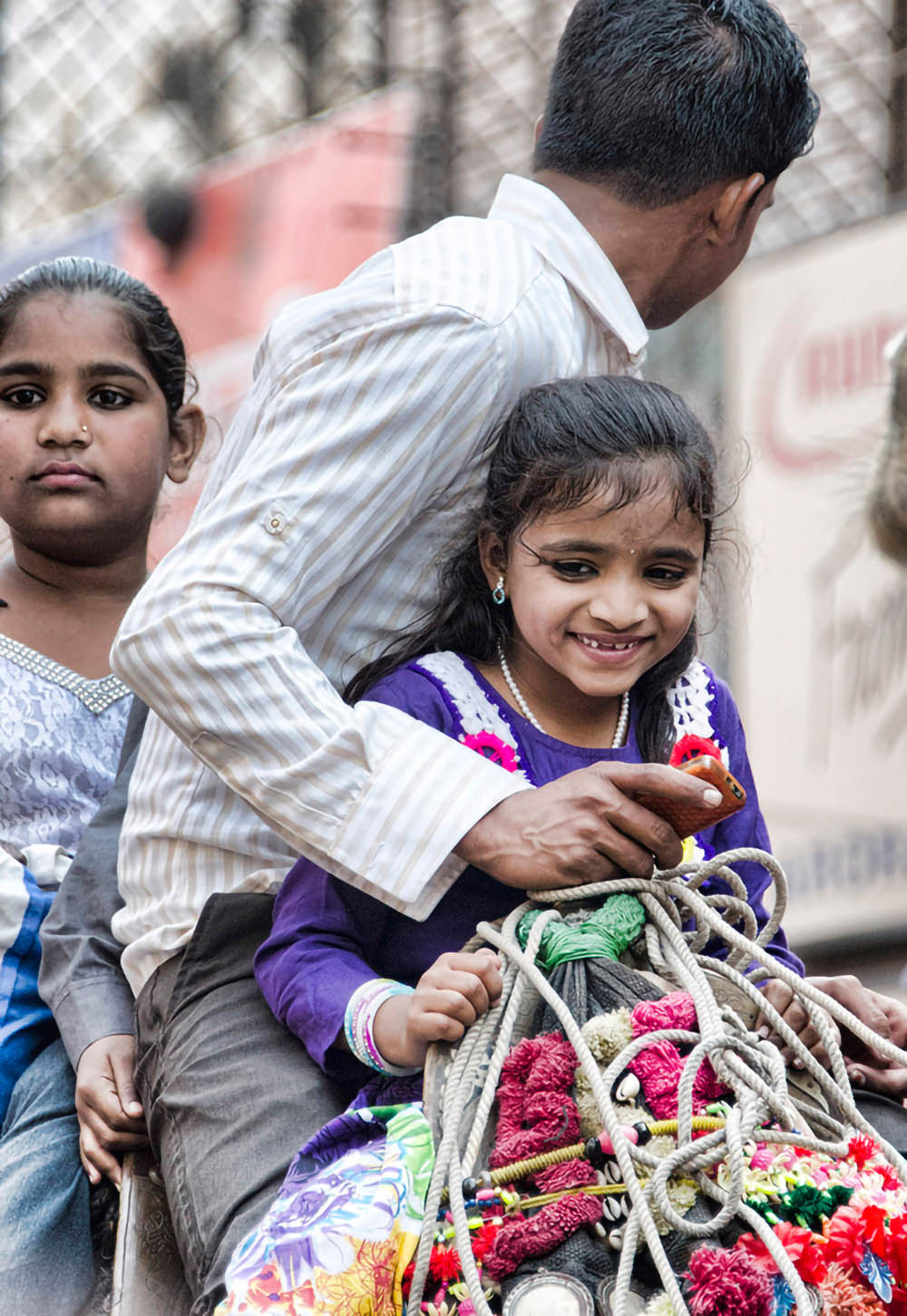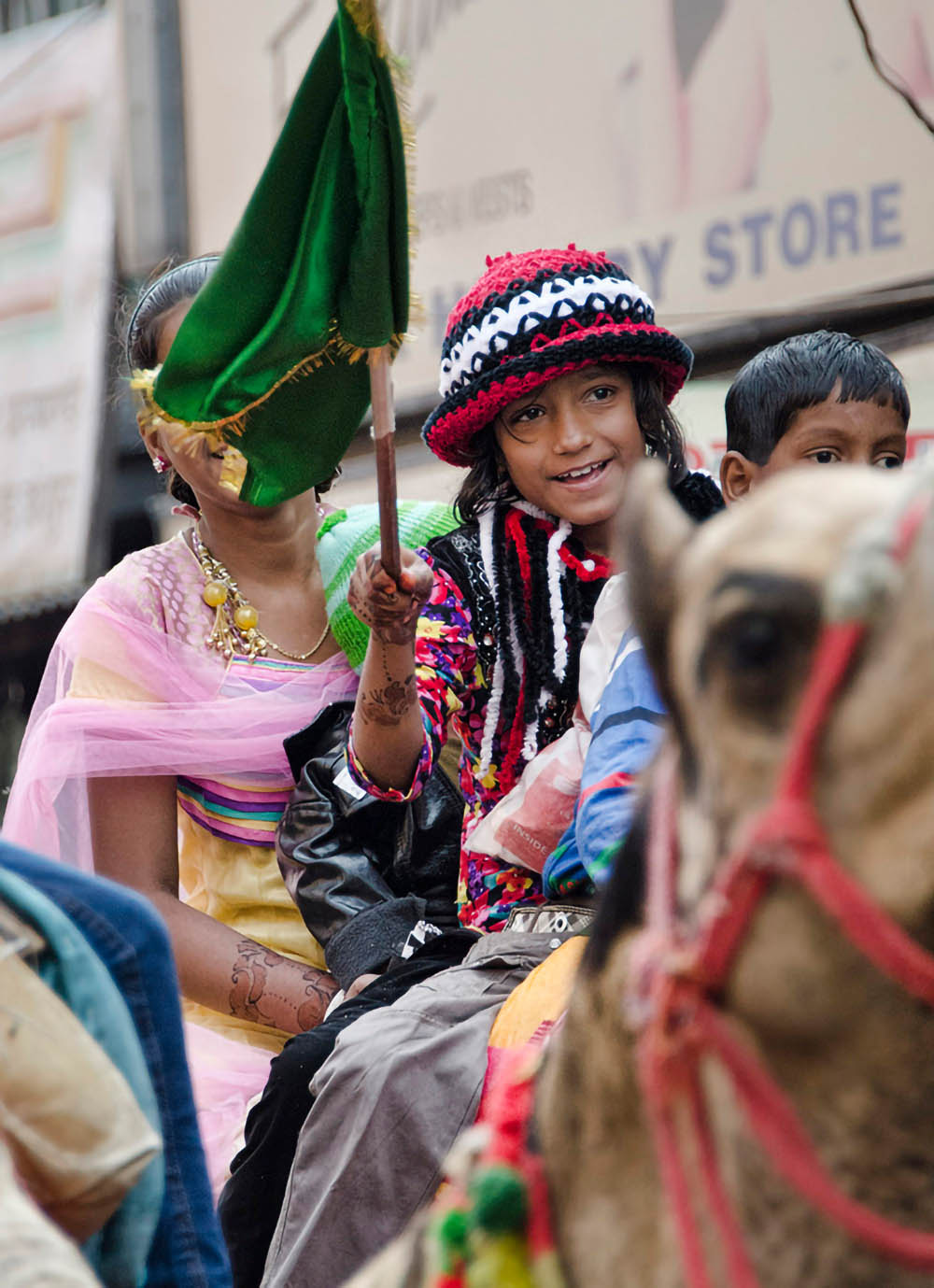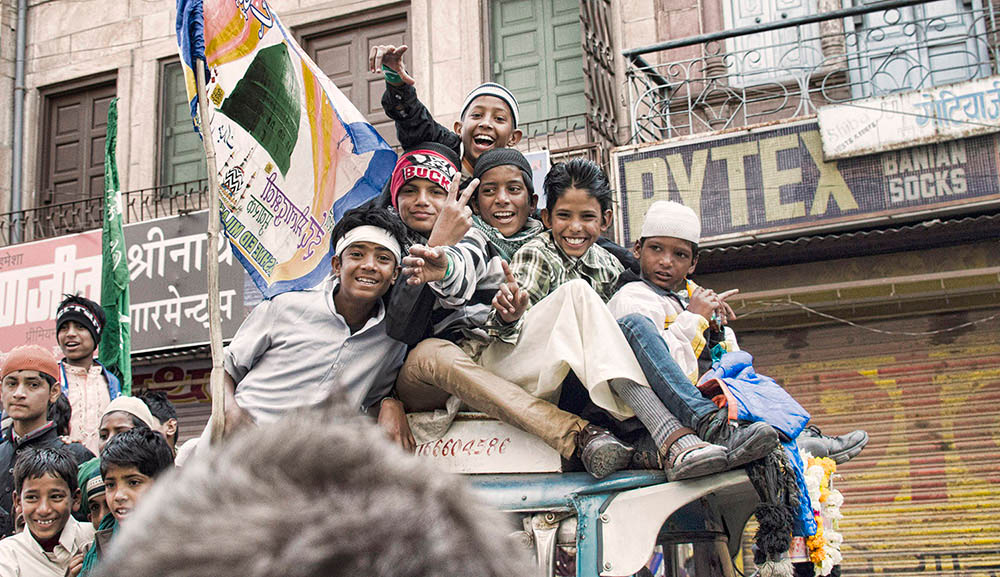Jodhpur is the second-largest city in Rajasthan and is often called the “Gateway to the Thar,” as it sits right on the edge of the desert. It’s also famously known as the Blue City—an apt name, since many of the old city’s houses are painted in shades of blue. To my eye, however, the blue seemed to be fading a little with time.
But why blue? Explanations vary. Some believe the color signified homes of Brahmins, marking their affiliation with the highest caste in India. Others suggest it was simply practical—blue pigment was thought to deter termites and other insects.
Towering above the city is Mehrangarh Fort, the largest fort in all of Rajasthan. Founded in 1458 by Rao Jodha as the new capital—hence the name Jodhpur—the city has since grown around it. In the more than 500 years that have passed, the fort has never once been taken by force. One look makes it clear why: perched atop a 150-meter hill, its three kilometers of massive ramparts command sweeping views in every direction.
During my time in Jodhpur, the city came alive with a parade. I never learned what occasion it marked, but it was vibrant and full of energy. The parade wound through Sadar Market, near the clock tower in the heart of the city, where narrow alleys and small shops overflow with color, sound, and bustle.
1 Excerpts from Wikipedia

